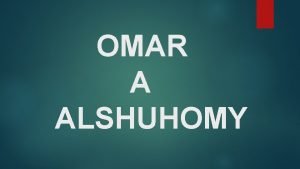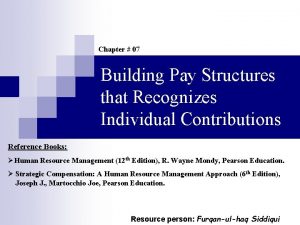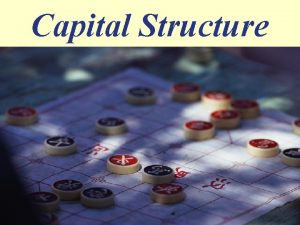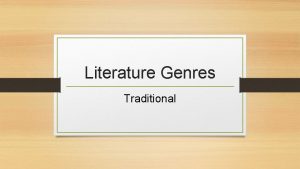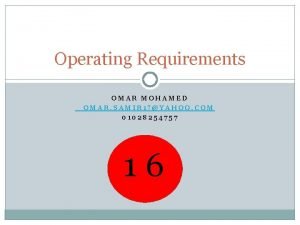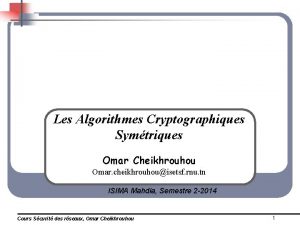OMAR A ALSHUHOMY The Traditional Functional Structure THE












- Slides: 12

OMAR A ALSHUHOMY

The Traditional Functional Structure THE TRADITIONAL INLINE STRUCTURE IS ORGANIZED IN SUCH A WAY IN WHICH A PRESIDENT OR CEO IS AT THE TOP. THEN THERE ARE DIRECTORS OR VP’S OF SPECIFIC AREAS, FOLLOWED BY MANAGERS AND SO ON AND OPERATIONAL PERSONNEL ARE AT THE BOTTOM.

A typical example of processing an order in a traditional functional-oriented firm can be seen in the figure below. As one can easily see, the natural sequence.

This is a very rigid structure, with little information exchange, typical of bureaucratic companies in which there is little collaboration. Nowadays, it’s not usual but still practiced on the military, religious, and even academic organizations. In this way, one area doesn’t interfere with the work of the other and staff only obey the ‘orders’ of the immediate superior.


Advantages of Functional Traditional Structure. v Simple organization v Functional organization v Divisional organization v Line and staff organization

Benefits of specialization The traditional functional structure provides the benefit of functional specialization. Every manager is an expert in his own field of knowledge.

Healthy competition among experts The traditional functional structure gives importance to functional specialization. Here, the management makes the recruitment, selection, appointment and placement of the managers on the basis of their specialization. Besides, functional organization encourages healthy competition among functional experts. In the present day of competitive business environment, every manager wants to demonstrate a better performance. Obviously, this spirit of healthy competition brings out efficient executives.

Relief to executives There is a provision of functional specialization and standardization in work in traditional functional organizations. This contributes to developing working efficiency of both the executive and subordinate level members. The development of efficiency facilitates in maximizing productivity of the enterprise. Thus, an enterprise can be involved in mass production and distribution on the basis of requirement.

Disadvantages of traditional functional structure. Multiple command system The lack of unity of command is the major limitation of traditional functional structure. The subordinates are always in confusion to obey orders because they receive more than one order at a time. There may be a possibility of division of loyalty of subordinates among many functional managers. Besides, there is more difficulty in fixing the responsibility of jobs. Here, both functional specialists and subordinates do not want to take full responsibility of works because of the violation of the principle of unity of command.

High administrative cost The traditional functional structure needs more administrative cost. In this case an organization, many functional specialists are appointed in various departments. The functional experts are to be paid more remuneration. So, it is impossible to minimize cost and maintain higher efficiency in operation. Thus, this structure is not suitable for small and medium scale enterprises having limited resources.

THANK YOU FOR YOUR ATTENTION

